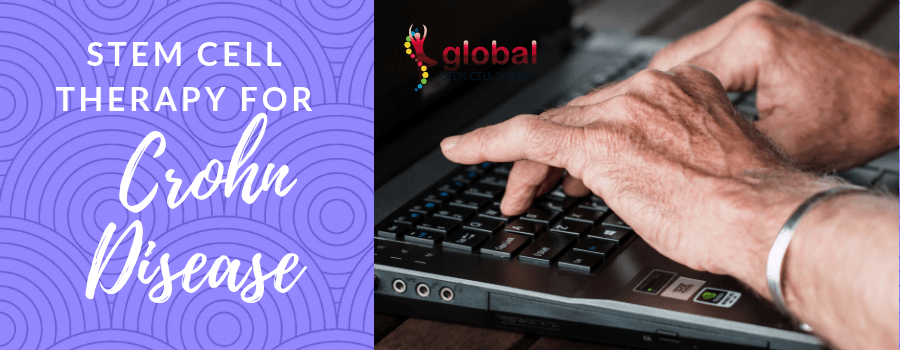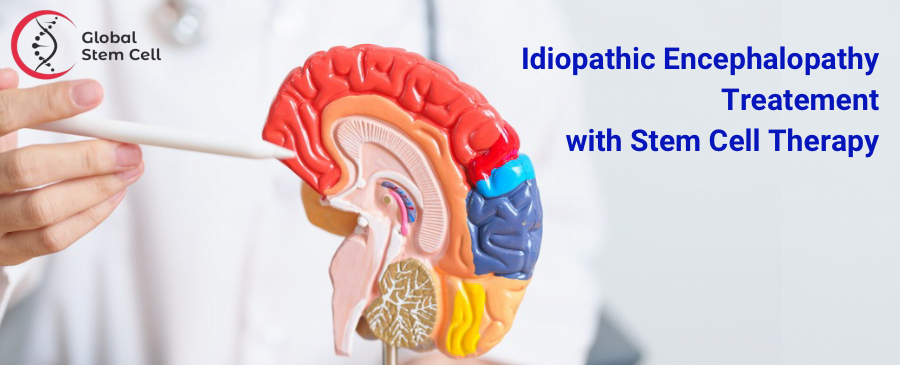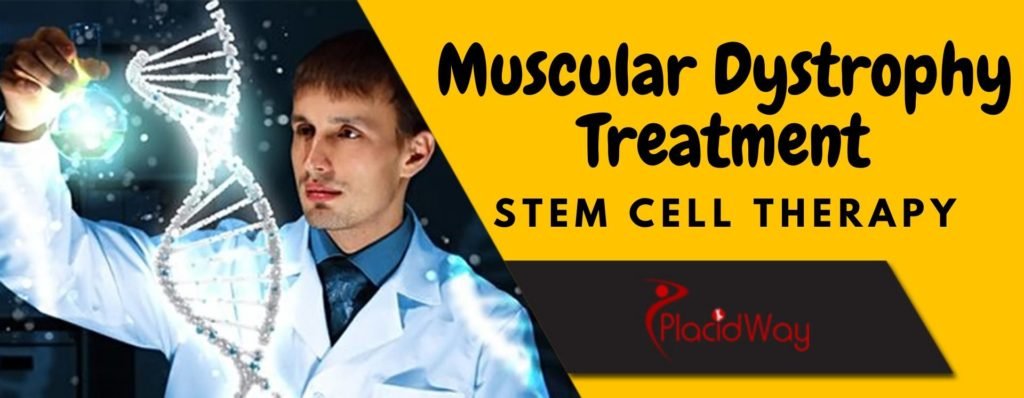
Regenerative Medicine for Crohn Disease
Table of Content
Crohn’s disease is a chronic, inflammatory condition of the gastrointestinal tract that affects over 3 million people in the United States alone. Symptoms can range from mild to severe, including abdominal pain and cramping, diarrhea, fatigue, weight loss and malnutrition. Treatment options vary depending on severity but may include lifestyle changes like dietary modifications or medications such as steroids or immunosuppressants.
However there has been an increasing interest in regenerative medicine for Crohn’s disease due to its potential ability to reduce inflammation and restore gut health without relying solely on medication. In this blog post we will explore how regenerative medicine could potentially be used to treat Crohn’s disease and what current research says about its efficacy.
What is Crohn Disease?
Crohn’s disease is a type of inflammatory bowel ailment, and it affects the digestive system of our body causing inflammation. The disease is able to affect any part of your digestive system however the colon and intestine have been found to be most affected. Crohn disease can become severe with times and the most horrible part is that modern medical science has no cure for the disease. However recent discoveries have suggested that it can be controlled with proper treatment and patients can enjoy a better quality of lives.
Symptoms of Crohn Disease
Crohn Disease can be recognized with certain symptoms and the signs are;
- Drastic loss of weight
- Chronic diarrhea often bloody and containing mucus or pus
- Abdominal pain and tenderness
- Rectal bleeding
- Feeling of a mass or fullness in the abdomen
- Fever
- Reduced appetite
- Loss of energy
Crohn Disease can affect from mouth to anus and it can become fatal if remains unchecked for a long period. Usually, the signs remain mild at the early stage. However, complications increase with time.
Complications of Crohn’s Disease
Crohn disease often results in painful condition and sometimes several complications are associated with the disease.
- Formation of scar tissue
- Blockage of the intestines
- Abscesses (localized infection or collection of pus)
- Fistulas (abnormal channels that form linking two structures of the body)
- Fissures (small tears or cuts in the anal canal that may bleed)
- Vitamin and mineral deficiencies:
- Increased chance to develop kidney stones in future
- Increased risk of colon cancer resulted from chronic inflammation of the colon
Reasons for Crohn Disease
There is no particular reason to develop Crohn disease among patients. The ailment is actually an interaction of various factors like the immune system, gene, and other environmental factors.
Immune System
When the signs are seen among the patients, it affects the gastrointestinal tract, causing inflammation that leads you to various symptoms of the disease.
Gene
In many cases, the patients share the family history of this disease and the heredity is thought to be associated with the disease.
Environmental Factors
Numerous environmental factors like the virus, bacteria, or some unidentified factors also trigger Crohn disease in some people.
How is stem cell therapy used to treat Crohn Disease symptoms?
Stem cell therapy is used to treat Crohn Disease by helping the body to regenerate and repair damaged tissues. The stem cells are derived from a patient’s own body and injected into the affected area in order to stimulate healing. This therapeutic approach is thought to reduce inflammation, improve blood flow, and reduce pain associated with Crohn Disease.
The potential benefits of stem cell therapy for Crohn Disease are numerous. This type of treatment has been shown to reduce inflammation, improve intestinal function, and increase quality of life. Additionally, this therapeutic approach is thought to be safe and effective in treating many symptoms associated with Crohn Disease.
The cell transplantation process has become a preferred choice among a large number of people due to its effectiveness. New discoveries have shown the potential of stem cell treatment in treating various inflammatory bowel ailments in recent years and the non-surgical process is far better compared to other traditional healing processes. In reality, treating Crohn disease is a long-term treatment and the medications have side-effects. Stem cell process takes lesser healing time and the non-surgical process is absolutely painless.
FAQs about Stem Cell Therapy for Crohn Disease
What are stem cells and what do they do in the body?
Stem cells are special types of cells that have the ability to multiply and differentiate into a variety of specialized cell types. In the body, stem cells play a vital role in tissue repair and maintenance by helping to regenerate damaged tissues and organs. They can also be used to treat certain diseases such as Crohn Disease.
What are the benefits of stem cell therapy over traditional treatments like medication and surgery?
Stem cell therapy offers a number of advantages over traditional treatments like medication and surgery. Unlike medications, stem cell therapy is not associated with any adverse side effects. Additionally, this therapeutic approach more specifically targets the affected areas in order to reduce inflammation and improve overall health. Lastly, stem cell therapy can be used in combination with traditional treatments in order to further reduce inflammation and improve quality of life.
How safe is stem cell therapy, and are there any risks involved with the treatment process?
Stem cell therapy is generally considered to be safe and effective for treating a variety of conditions. However, as with any medical treatment, there are some potential risks involved. These include infection, allergic reactions, and tissue damage.
Are there any side effects associated with stem cell therapy for Crohn Disease, and how long do they typically last?
The side effects associated with stem cell therapy for Crohn Disease are typically mild and short-lived. Common side effects include temporary pain and swelling at the injection site, as well as fatigue, fever, headache, dizziness, and nausea. Most of these side effects subside within a few days after treatment.
How much does stem cell therapy for Crohn Disease cost, and is it covered by insurance providers?
The cost of stem cell therapy for Crohn Disease can vary depending on the type of procedure, the number of treatments needed, and other factors. Generally, this type of treatment is not covered by insurance providers. However, some providers may offer partial coverage if they deem it medically necessary. It is best to contact your insurance provider directly to determine if stem cell therapy is covered by your policy.
If you want to save a few hundred dollars for your treatment you should look for stem cell clinics abroad. It is suggested to check their experience, track record and patient’s feedback to get an idea on their packages and services.
If you want to know more about stem cell therapy for Crohn disease and the best place to receive it, contact us now






